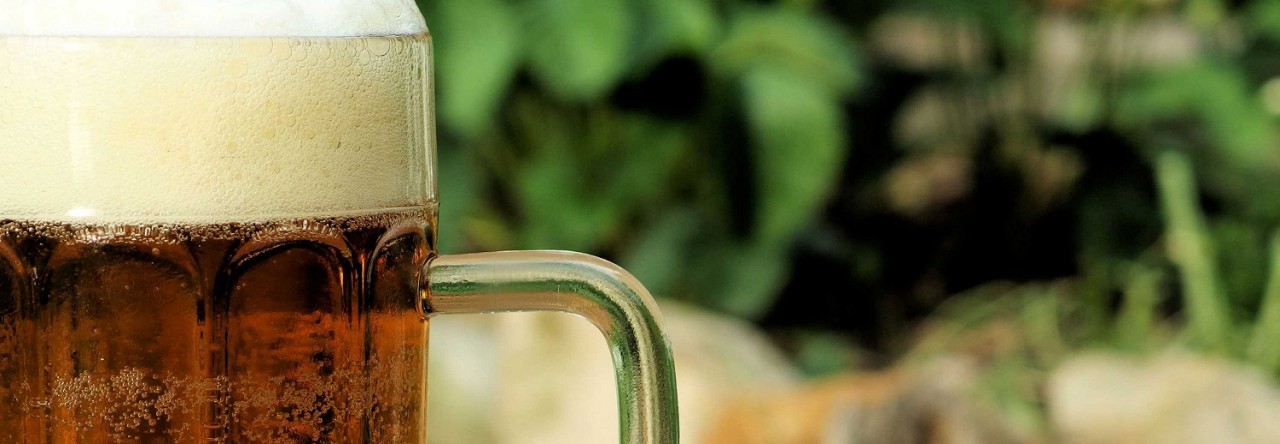We’re back with another installment in our SMaSH beer series, and this time we’re putting Bravo hops to the test. Not that it matters, I realized we didn’t have any hops starting with the letter B on our hop table, so Bravo got the nod. This variety kept popping up in Scott Janish’s The New IPA, and we remembered using them in a recipe of his from Brew Your Own magazine. The variety feels like a background player when I have used it before. Let’s see how Bravo hops perform when given the spotlight.
The Bravo SMaSH Beer Recipe
As always, this is a one-gallon batch brewed to highlight a single hop variety. For this SMaSH experiment, I kept the grain bill simple with:
Bravo SMaSH Beer Recipe (1-Gallon Batch):
Grain: 2 lbs 2-row malt
Hops: Bravo (AA 14.7%)
7g @ 60 minutes
14g @ flameout
7g dry hop (24 hours, post-chill)
Yeast: US-05
Water: 2 gallons strike, adjusted for pH with standard salts
Fermentation: Standard ale temps (65–68°F)
This basic setup helps us get a clean read on what Bravo brings to the glass. Fermentation finished clean and we packaged it up for a tasting session.
Our Impressions
The aroma was tough to pin down. It was kind of like underripe mango, or maybe even green papaya. There was a woody-vanilla vibe that leaned almost coconut-y, but not in a sweet, tropical sense. Mike picked up a lot of herbal and floral notes, and I got a lingering bitterness that stuck to the palate long after each sip. Nothing screamed “fruit bomb” or “juicy banger” here. Bravo comes across more like a filler. It is pleasant, but subtle. It adds structure, not swagger.
Digging into the Yakima Chief site, it had descriptors like citrus, floral, and tropical woody show up. We both agreed this hop was likely bred for bittering first, then got pulled into the flavor world later on. Used on its own, it’s not especially exciting. In a blend, it might be the mortar between the bricks. It fills in the spaces and gives other hops room to shine.
We’ll be revisiting Bravo next week in a yeast comparison video where it plays a role across three batches so stay tuned to see if yeast can pull out something more expressive. Until then, let us know in the comments if you’ve brewed with Bravo and what you picked up from it.
BREW ON!
